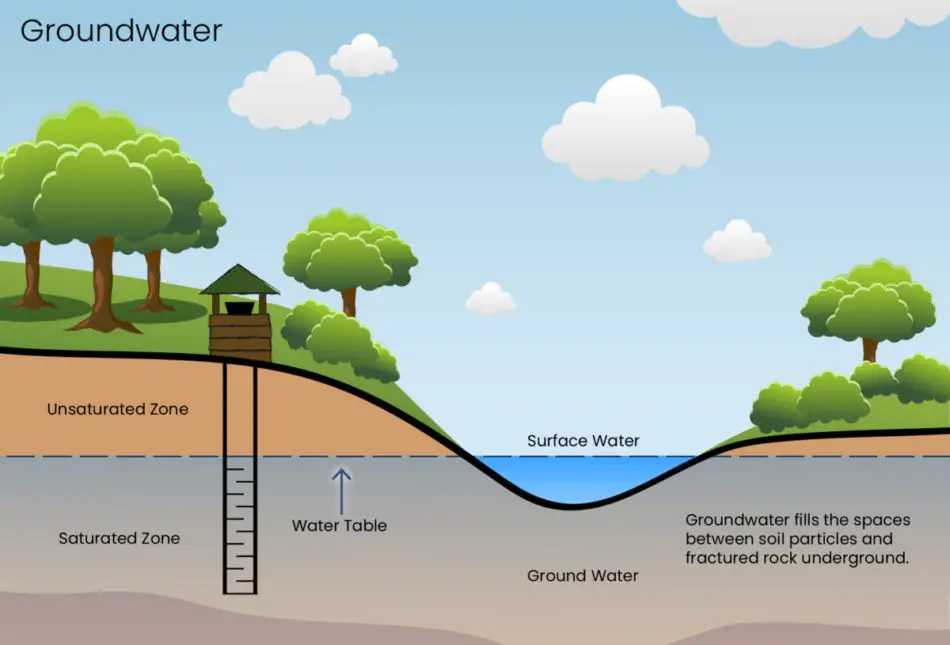
And they treat an asset purchased after the 15th of the month as if it were acquired on the 1st day of the following month. Under these provisions, a producer is allowed to deduct an arbitrary fixed percentage of gross income as a depletion expense without regard to the historical cost of the property. Therefore, the output-oriented units of production approach is widely used to allocate the cost to the materials and the time periods in which they are used. The resulting net carrying amount of natural resources still on the books of a business does not necessarily reflect the market value of the underlying natural resources. Rather, the amount simply reflects an ongoing reduction in the amount of the original recorded cost of the natural resources. As a general rule, investors have to use the method that provides the largest deduction.
What is the approximate value of your cash savings and other investments?
For example, if the percentage were 22%, depletion expense would be gross income times 22%. However, in some cases, cost depletion must be used over percentage depletion, such as the case with standing timber. During the second year, Pensive Oil extracts 80,000 barrels of oil from the well, which results in a depletion charge of $128,800 (80,000 barrels x $1.61 unit depletion charge). At the end of the second year, there is still a depletion what is fica is it the same as social security base of $321,200 that must be charged to expense in proportion to the amount of any remaining extractions. This method is named as ‘depletion method’ because the reduction of a natural resource or asset is known as depletion of that resource or asset and thus is used to depreciate assets that are natural resources. Such assets are also referred as wasting assets because their value deteriorates with the increasing extraction of resources.
Example 3 – Change in estimates:
The articles and research support materials available on this site are educational and are not intended to be investment or tax advice. All such information is provided solely for convenience purposes only and all users thereof should be guided accordingly. While the numerator (units produced in the period) is usually reliably measurable, the denominator (units available from the property) is often impossible to measure precisely. Watch this video for an overview of these terms each of which will be examined further. A financial professional will offer guidance based on the information provided and offer a no-obligation call to better understand your situation.
What is your current financial priority?
- The percentage depletion method gives a fixed percentage of the gross income obtained from a natural resource.
- It follows the same process used in the units of production method of depreciation.
- The salvage value of the property tends to be more significant for natural resource-producing property and should be included in computing the lifetime depletion to be recorded.
- For this reason, most financial statement users are interested in the amount of, and the methods used to compute, a company’s depreciation expense.
- Depletion is an accounting technique that allows investors to write down the value of a natural resource as it’s extracted or harvested.
- There are three steps involved in computation of depreciation under depletion method.
Double-declining-balance method To apply the double-declining-balance (DDB) method of computing periodic depreciation charges you begin by calculating the straight-line depreciation rate. To do this, divide 100 per cent by the number of years of useful life of the asset. Next, apply the resulting double-declining rate to the declining book value of the asset.
Unit 11: Plant Assets and Intangible Assets
Our writing and editorial staff are a team of experts holding advanced financial designations and have written for most major financial media publications. Our work has been directly cited by organizations including Entrepreneur, Business Insider, Investopedia, Forbes, CNBC, and many others. We follow strict ethical journalism practices, which includes presenting unbiased information and citing reliable, attributed resources. This team of experts helps Finance Strategists maintain the highest level of accuracy and professionalism possible. Our team of reviewers are established professionals with decades of experience in areas of personal finance and hold many advanced degrees and certifications.

The percentage depletion method requires a lot of estimates and is, therefore, not a heavily relied upon or accepted method of depletion. The salvage value of the property tends to be more significant for natural resource-producing property and should be included in computing the lifetime depletion to be recorded. Companies engaged in mining or extracting identify their depletion expense methods and comment on period expenses in the management discussion and analysis (MD&A) sections of their quarterly and annual filings. The Internal Revenue Service (IRS) requires the cost method to be used with timber. It requires the method that yields the highest deduction to be used with mineral property, which it defines as oil and gas wells, mines, and other natural deposits, including geothermal deposits.
As the estimated output has changed as a result of new survey conducted at the start of year 2, we must compute a new depletion rate to be used for year 2 and year 3. Using the straight-line method for assets is appropriate where (1) time rather than obsolescence is the major factor limiting the asset’s life and (2) the asset produces relatively constant amounts of periodic services. Assets that possess these features include items such as pipelines, fencing, and storage tanks. In situations where the consumption of the usefulness of these assets parallels the production of the resource, they may be amortized and depreciated using the units of production approach. Salvage value (or scrap value) is the amount of money the company expects to recover, less disposal costs, on the date a plant asset is scrapped, sold, or traded in. A side issue related to depletion concerns the amortization and depreciation of costs incurred to prepare the property for production.
Pensive’s geologists estimate the proven oil reserves accessed by the well are 400,000 barrels, so the unit depletion charge will be $1.50 per barrel of oil extracted ($600,000 depletion base / 400,000 barrels). From an accounting standpoint, depletion ensures that the value of assets listed on a balance sheet and expenses on an income statement are recorded accurately and in a timely fashion. But as with most corporate accounting issues, it’s essential to get advice from a trained professional, preferably someone who deals with depletion issues on a regular basis. Pensive’s geologists estimate that the proven oil reserves that are accessed by the well are 400,000 barrels, so the unit depletion charge will be $1.50 per barrel of oil extracted ($600,000 depletion base / 400,000 barrels).






